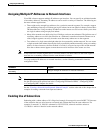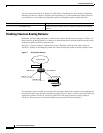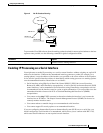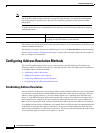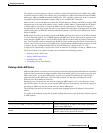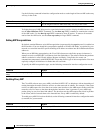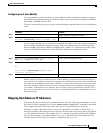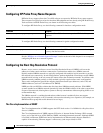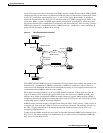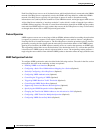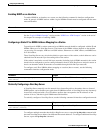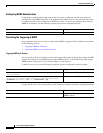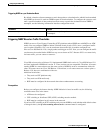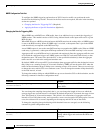
Configuring IP Addressing
Configuring Address Resolution Methods
IPC-17
Cisco IOS IP Configuration Guide
Specifying a Name Server
To specify one or more hosts (up to six) that can function as a name server to supply name information
for the DNS, use the following command in global configuration mode:
Enabling the DNS
If your network devices require connectivity with devices in networks for which you do not control name
assignment, you can assign device names that uniquely identify your devices within the entire
internetwork. The global naming scheme of the Internet, the DNS, accomplishes this task. This service
is enabled by default.
To re-enable DNS if it has been disabled, use the following command in global configuration mode:
See the “Dynamic Lookup Example” section at the end of this chapter for an example of enabling the
DNS.
Using the DNS to Discover ISO CLNS Addresses
If your router has both IP and ISO Connectionless Network Service (ISO CLNS) enabled and you want
to use ISO CLNS network service access point (NSAP) addresses, you can use the DNS to query these
addresses, as documented in RFC 1348. This feature is enabled by default.
To disable DNS queries for ISO CLNS addresses, use the following command in global configuration
mode:
Command Purpose
Router(config)# ip name-server
server-address1
[server-address2...server-address6]
Specifies one or more hosts that supply name information.
Command Purpose
Router(config)# ip domain lookup
Enables DNS-based host name-to-address translation.
Command Purpose
Router(config)# no ip domain-lookup
nsap
Disables DNS queries for ISO CLNS addresses.



